Poland is a proud, independent country that has overcome centuries of war and is now prepared to take on a new role in the world. What Poles have known for a long time is now being confirmed by the influx of tourists: Poland is a country bursting at the seams with incredible artistic treasures, breathtaking natural beauty, and fascinating historical landmarks.
Poland lies in northeast Europe, and it shares borders with the Baltic Sea and Lithuania to the north, Slovakia and the Czech Republic to the south, Ukraine and Belarus to the east, and Germany to the west. Beautiful coastal plains to the north and mountain ranges to the south characterize its topography. The longest river is the Vistula, which divides the country in two.
If you’re planning a trip to Poland, there are a few must-see spots. Krakow’s Main Market Square is a fantastic tourist attraction. This town square is massive for a medieval town and is surrounded by structures that are well over a millennium old. Auschwitz-Birkenau, the site of a massive Nazi concentration camp during World War II, is a more moving destination. Warsaw is not just Poland’s capital but also its biggest city. Almost 2.7 million people live in the metro region, making it a major center for both tourism and business.
Poland, a major power in Central Europe, has a long and illustrious history that can be traced back to the very first century. Travelers typically neglect Poland, despite the fact that it is home to flora and fauna species that may not be found anywhere else in Europe, as well as innumerable ancient sites, miles of Baltic coastline, hills and lakes built during or around the Pleistocene Ice Age, and more.
Aside from the popular cities of Warsaw and Krakow, Poland also has a number of charming smaller towns and villages that are well worth visiting.
14. Sanok
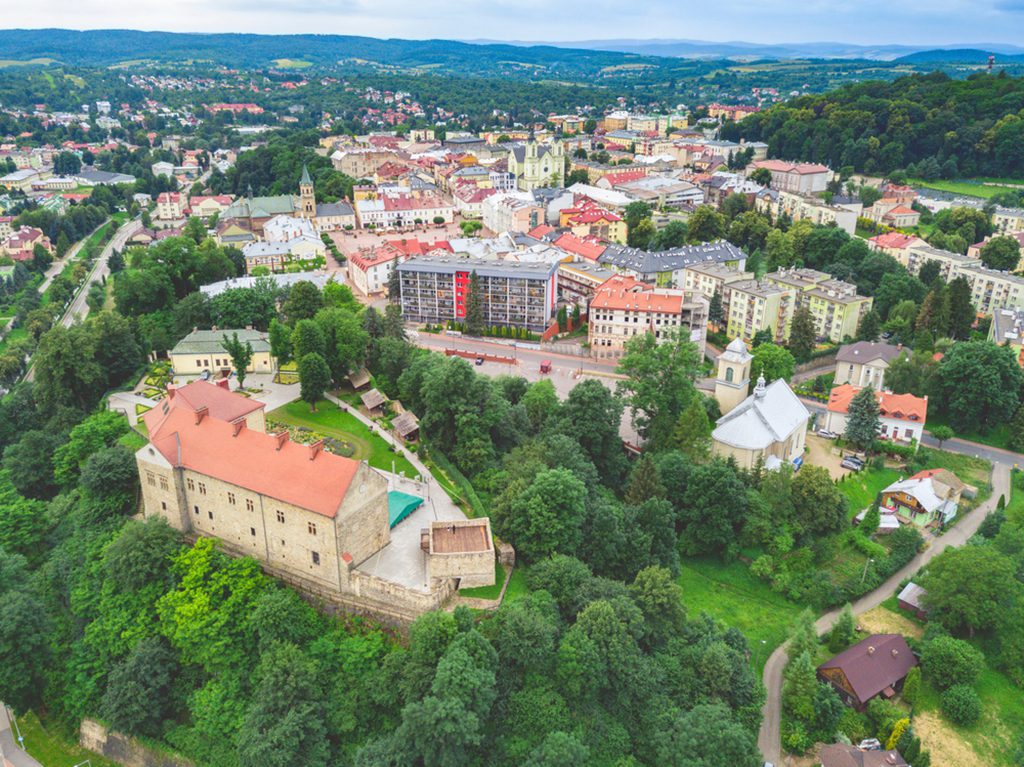
Sanok, a royal free city, is situated on the San River on the plains below the Carpathian Mountains. The town’s rich history and magnificent architecture, along with its breathtaking vistas, are beyond description. Sanok Castle and the Icon Collection, one of the biggest collections of its sort in Central and Eastern Europe, can be found in this little town that goes back almost a millennium.
Another major draw to the region is the Old Town, which has a number of shops, restaurants, and the Museum of Folk Architecture. An impressive 70 kilometers of path are available to hikers and cyclists in the beautiful city of Sanok.
13. Wieliczka
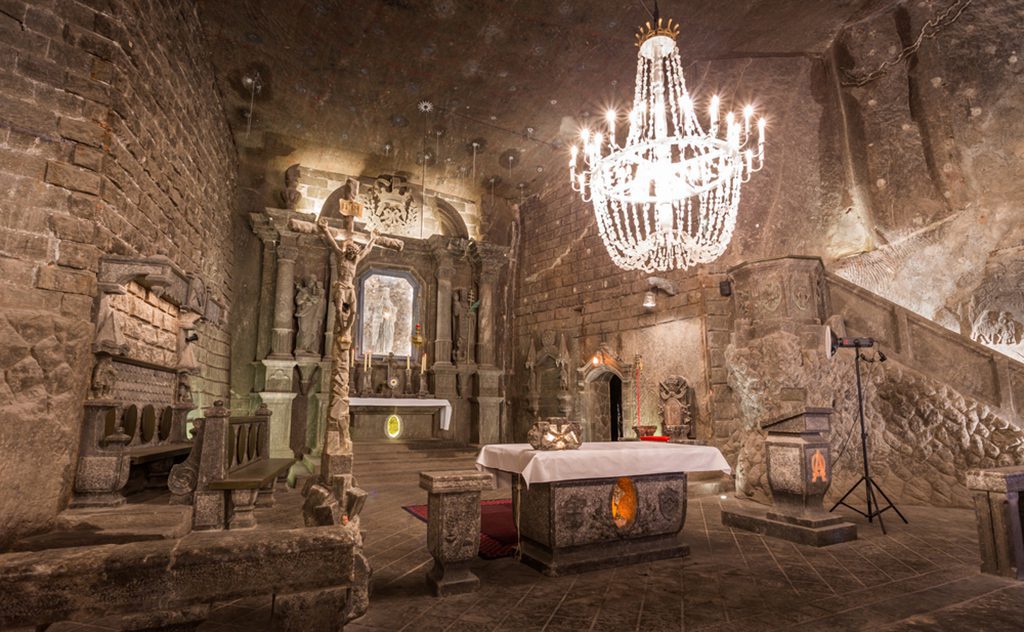
Located in the Krakow metropolitan region, Wieliczka is well known as the site of the Wieliczka Salt Mine, one of the world’s oldest continuously operating salt mines. Wieliczka is one of the few places in Poland to maintain the Easter custom of Siuda Baba, making it one of the most distinctive aspects of this picturesque town.
12. Sandomierz
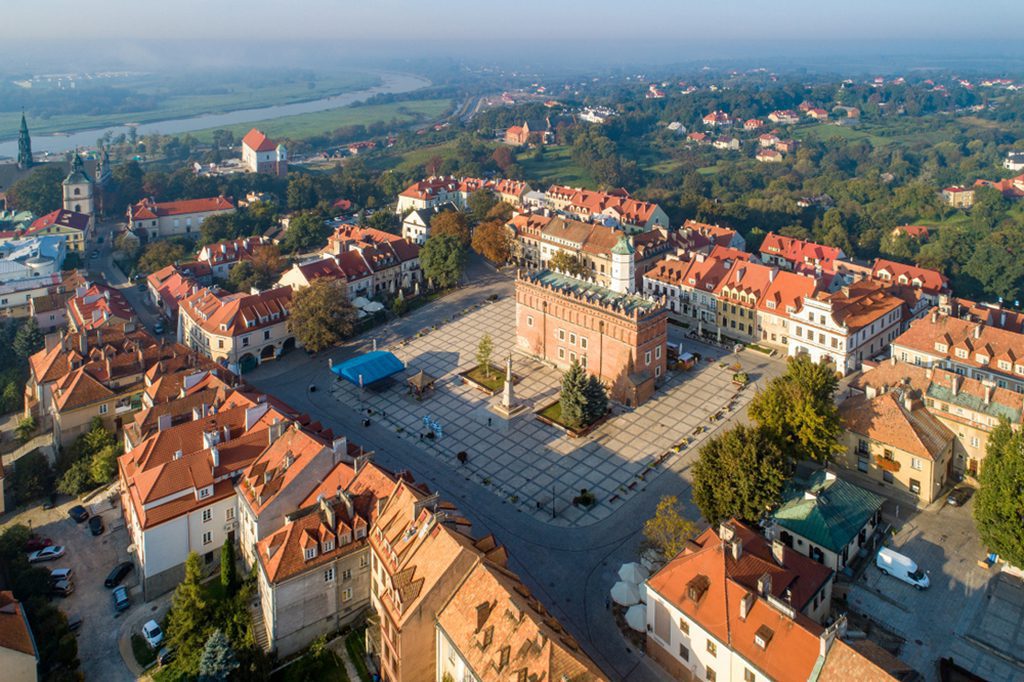
Sandomierz’s Old Town is the main draw for visitors, and it was once a major city not only in Lesser Poland but in all of Poland. Visit the various castles and cathedrals, as well as the underground tourist circuit, during your stay.
Along with the Sandomierz Cathedral, built in 1360 and refurbished in the 18th century, the Collegium Gostomianum, widely considered to be one of the country’s oldest schools, is also of great historical significance.
11. Chocholow
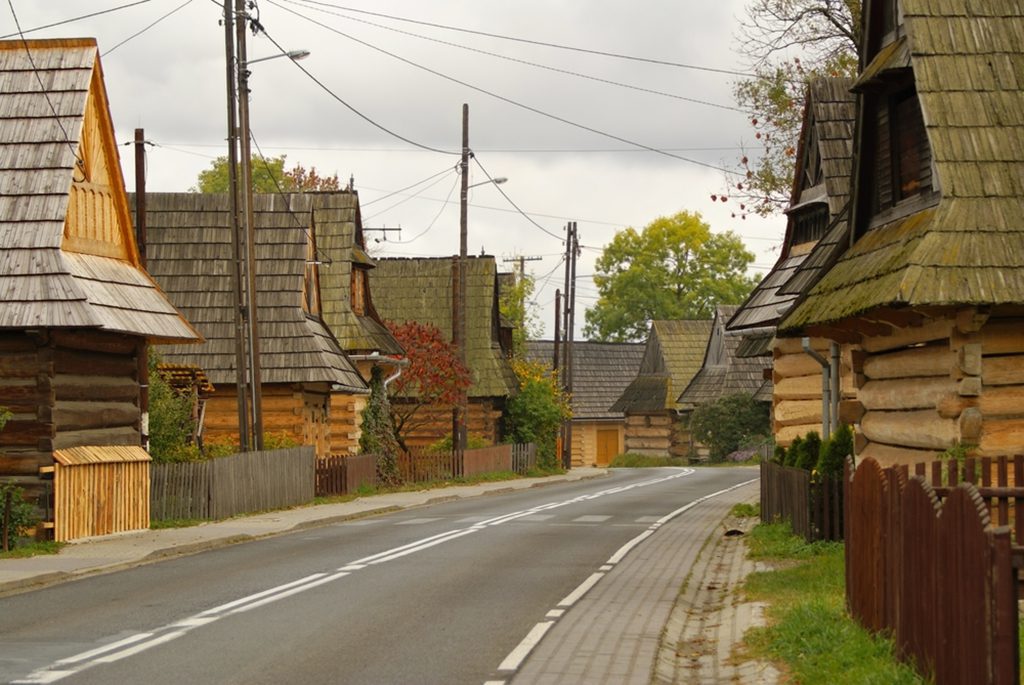
Chochoów, a little town with a population of just over a thousand, is a treasure for history buffs since it is nearly entirely comprised of old Polish wooden structures built by Góral highlanders in the 19th century.
The town is situated between the High and Low Tara Mountain Ranges, and its enchanted evergreen forests provide snowy winter wonderland views and beautiful summertime hiking trails.
10. Zlotoryja
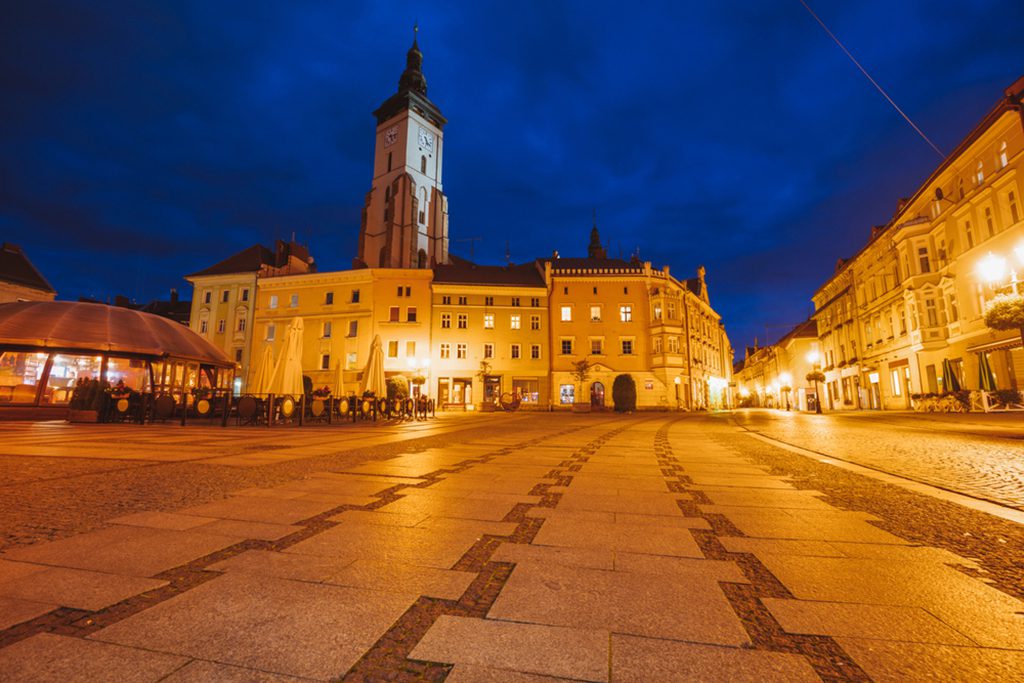
Kaczawa, popularly known as the “Land of Dormant Volcanoes,” is home to Złotoryja, one of the allegedly oldest towns in the country. Złotoryja, a once-prominent gold mining town, is best seen from the Church of the Birth of the Blessed Virgin Mary, which dates back to the 13th century.
Baszta Kowalska, or the Blacksmith’s Tower, is one of numerous leaning towers in Poland, and it can be found just outside the little medieval town. You should learn more about the town’s illustrious history in gold mining by checking out the Gold Mining Museum.
9. Biecz
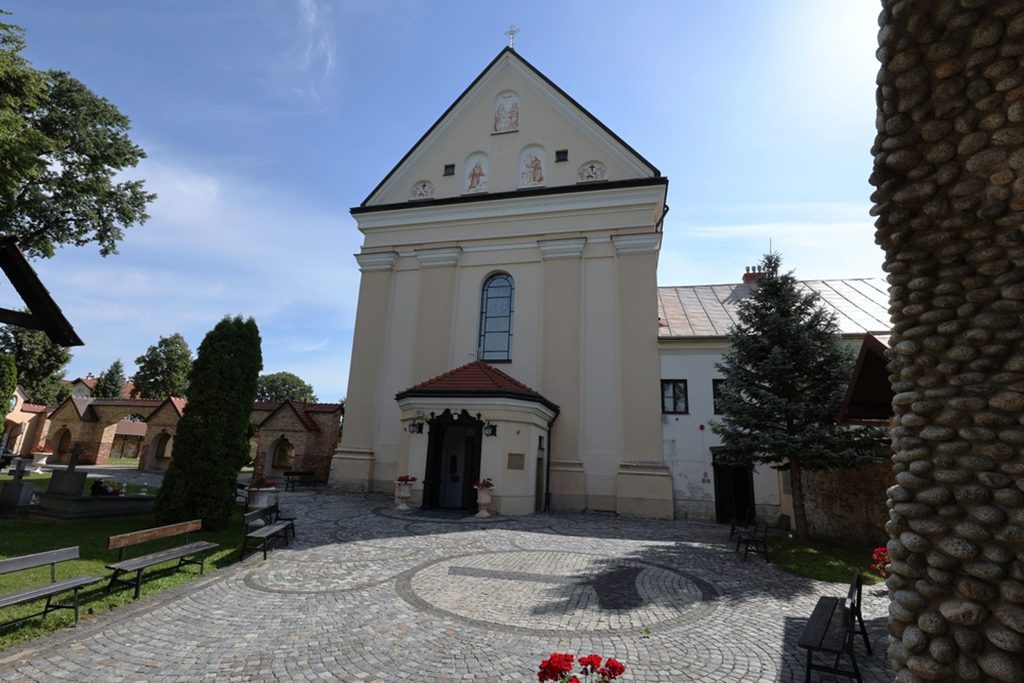
This beautiful town, formerly one of Poland’s most important commercial centers, is nestled at the base of the towering Carpathian Mountains. Biecz, Poland, where Wacław Potocki wrote “Chocim War,” is famous for numerous historical events.
The town’s late-Gothic parish church, which holds a music sheet from 1633 and is widely recognized as the region’s most notable feature, has earned the town the nickname “little Krakow” in contemporary Poland. Travel the winding streets, check out the museum in the Kromerówka, and marvel at the Chodor House’s historic hall.
8. Malbork
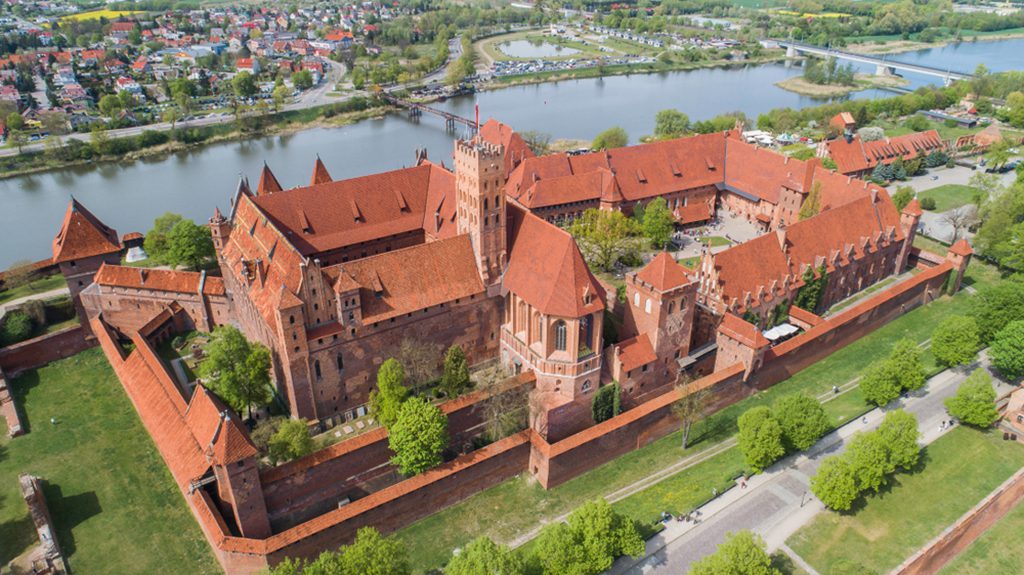
Malbork is a beautiful Polish town that is home to the massive Malbork Castle. Malbork, Poland, is a must-see on any vacation to Poland since it is home to the biggest Gothic building in Europe and is set among the wetlands and waterways of the Vistula Delta.
7. Jaroslaw
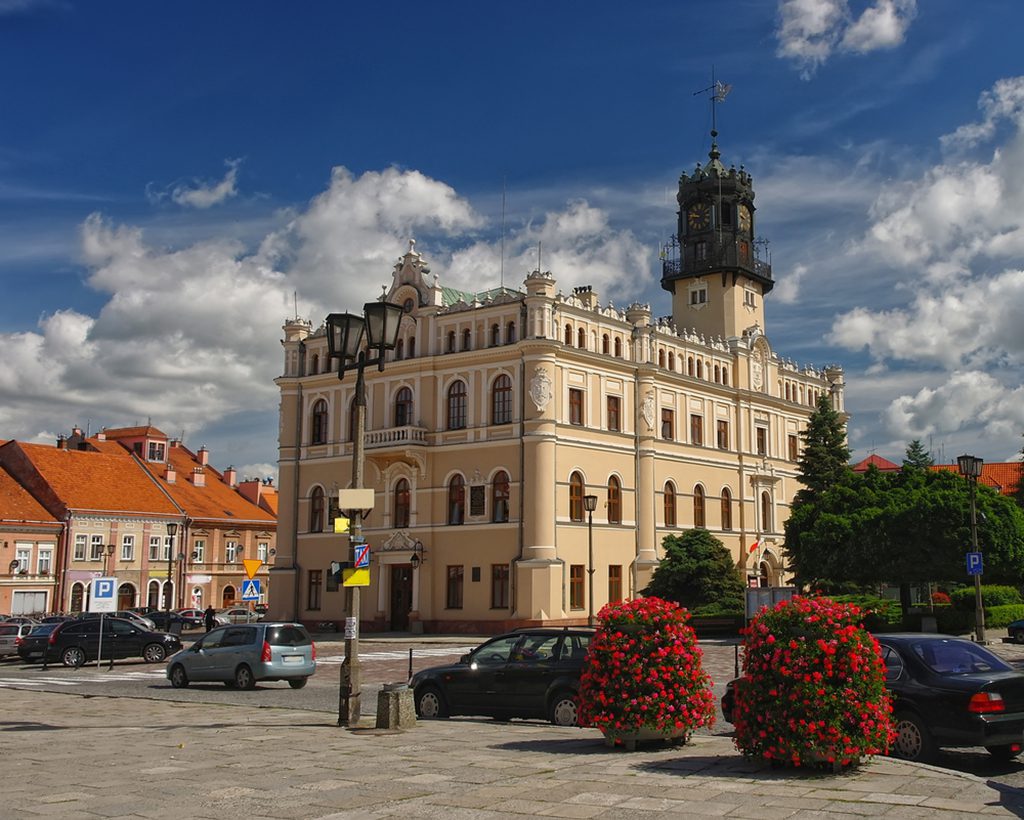
In the 16th and 17th centuries, Jarosław played host to international businessmen attending Europe’s second-largest trade fair. The underground storage facilities and cellars are now a major draw for visitors.
In spite of the fact that most of the town’s opulent history has faded, its stately townhouses are still standing as a testament to its previous glory. Learn more about the history and architecture of the area by seeing the town’s old palaces and forts.
Go to the Jarosław museum at the Orsetti House. Learn more about the notable people who called this area home by visiting one of the numerous churches or synagogues. Above all, take pleasure in the town’s magnificent layout, which has changed little since it was initially constructed in 1375.
6. Rydzyna
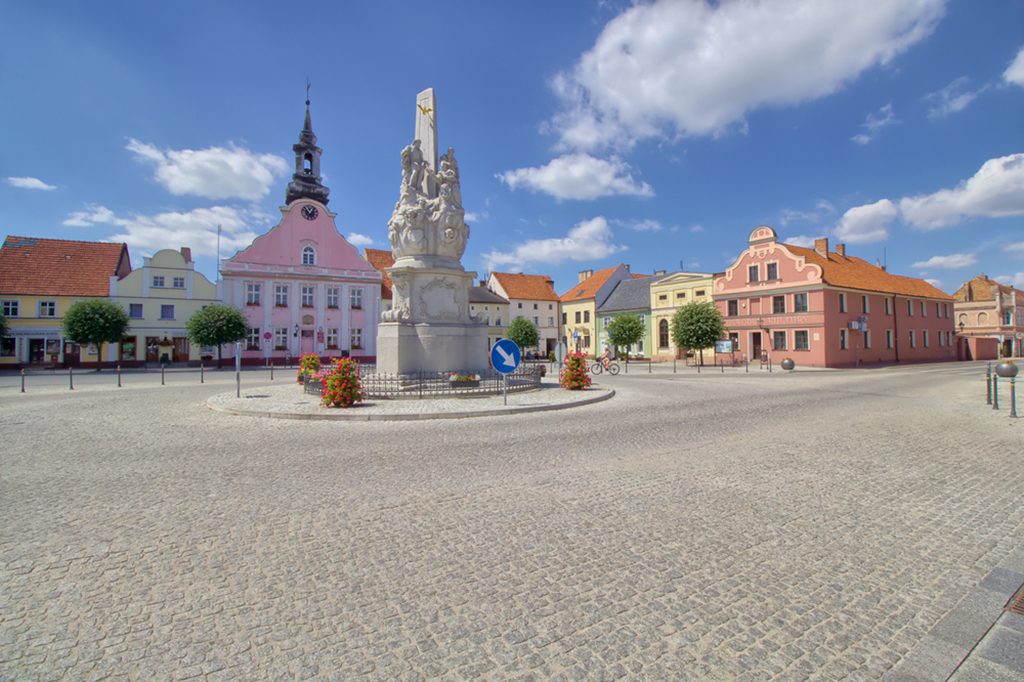
The town of Rydzyna, in the Polish region of Wielkopolska, is known as the “Pearl of the Polish Baroque” because of the abundance of baroque palaces and buildings found there. The majority of the area’s architecture was designed by Jan Stier and Pompeo Ferrari in the 17th century.
Structures from the 18th and 19th centuries, as well as the town’s most prominent historical monument, Rydzyna Castle, now blend in with their natural surroundings. The late Baroque-style St. Stanisaw’s Church, where the town’s namesake is buried, is another major attraction. An image of the Holy Trinity was constructed after the town’s population was wiped out by a plague in 1709.
5. Reszel
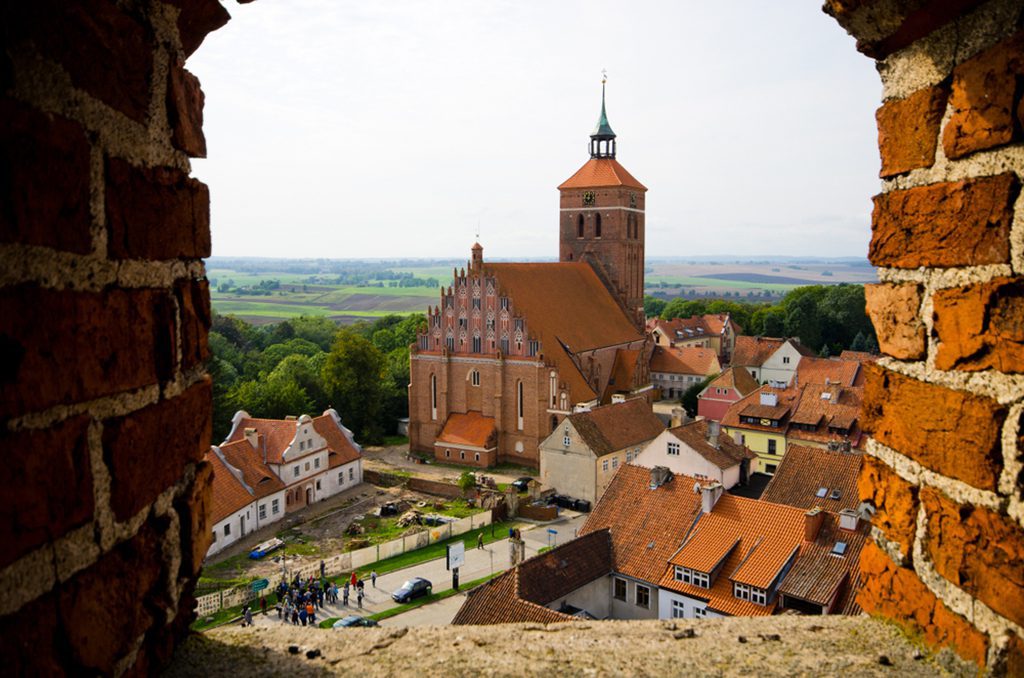
Reszel, formerly the fortified settlement of an ancient Prussian tribe, has failed to modernize since it was first established. Reszel, ravaged by warfare and its aftermath, now sits silently as a reminder of its medieval glory days.
The town’s most noticeable landmark is the impressive Gothic Episcopal Castle. St. Peter’s Church is also noteworthy; it was built in the same Gothic style as the church and dates back to the 14th century.
You should also make time to visit the nearby Catholic shrine of Wita Lipka, a widely respected pilgrimage place for Germans, Poles, and Lithuanians since the 17th century. The town hall, St. John’s Church, and the Jesuit Complex date back to the 15th and 16th centuries.
4. Tykocin
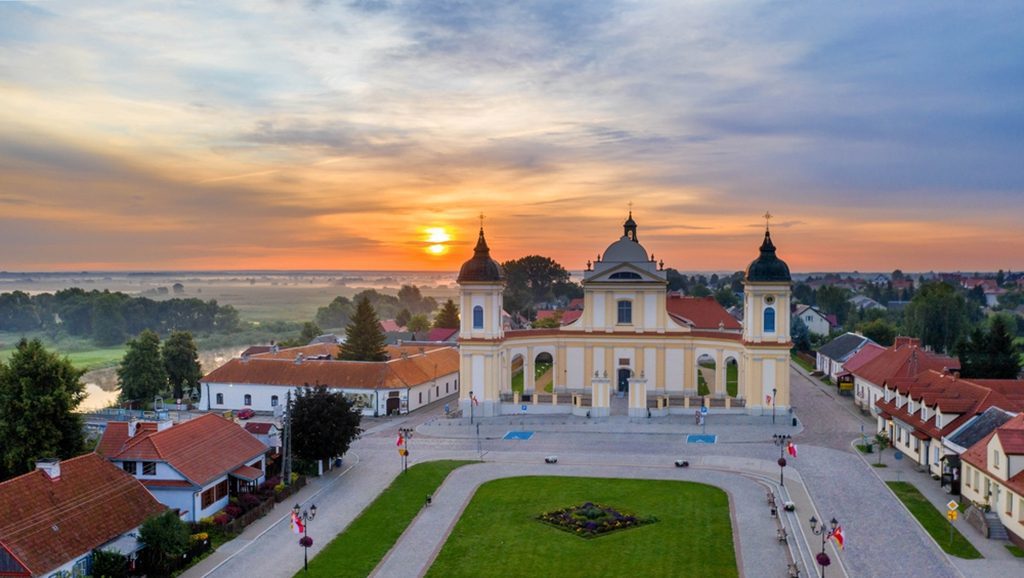
In its peak, Tykocin was home to 36 beer taverns, 15 vodka bars, and 10 mead inns—all frequented by Polish kings and Lithuanian nobles. Located on the Narew River, this little town is one of Poland’s oldest and is home to over a hundred historic buildings. These include the Tykocin Castle, the baroque Church of the Holy Trinity, the Jewish Cemetery, and the Baroque Tykocin Synagogue, which is one of the best preserved in Poland.
3. Chelmno
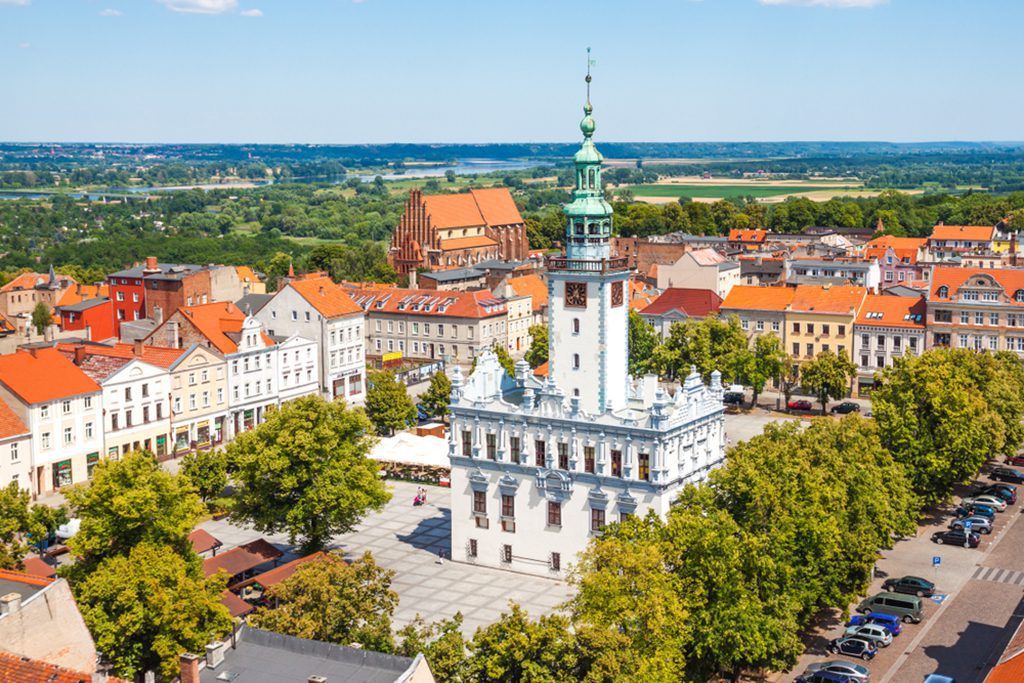
Hill (from the old Polish word chelm) is where the town’s name comes from. Chełmno, a town built on nine hills by the Vistula River, was a thriving metropolis in the times of the Teutonic State.
The town’s medieval center, with the market square, the town hall (a superb Renaissance town hall), and five outstanding Gothic churches, has been remarkably well kept despite the town’s diminished status over the ages. Many “lover’s benches” can be seen all across town, guaranteeing a happy marriage, as evidence that residents and visitors alike believe that one of these churches previously contained the remains of St. Valentine.
2. Kazimierz Dolny
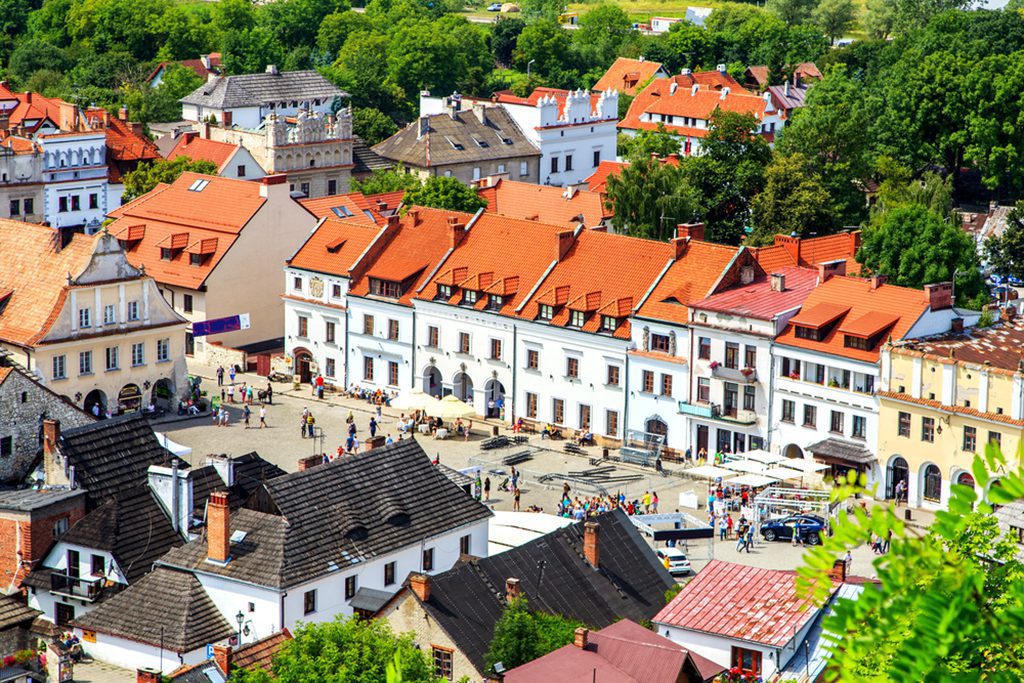
Kazimierz Dolny, a town on the Vistula River, had a significant role in the regional grain trade industry in the past. On the other hand, it is today recognized as one of the best-maintained historic towns in the country.
Since the 19th century, this little town has been a summer retreat for creative minds from all over the world, thanks to its strong art scene. All sorts of art and sculpture galleries can be found dotting the streets of the city. Some of the most famous buildings in town are the parish church of St. Bartholomew and John the Baptist, the remnants of Kazimierz Dolny Castle, St. Anne Church, and several old granaries. The landscape in and around Kazimierz Dolny is equally beautiful, with plenty of verdant vegetation and picturesque hills.
1. Zakopane
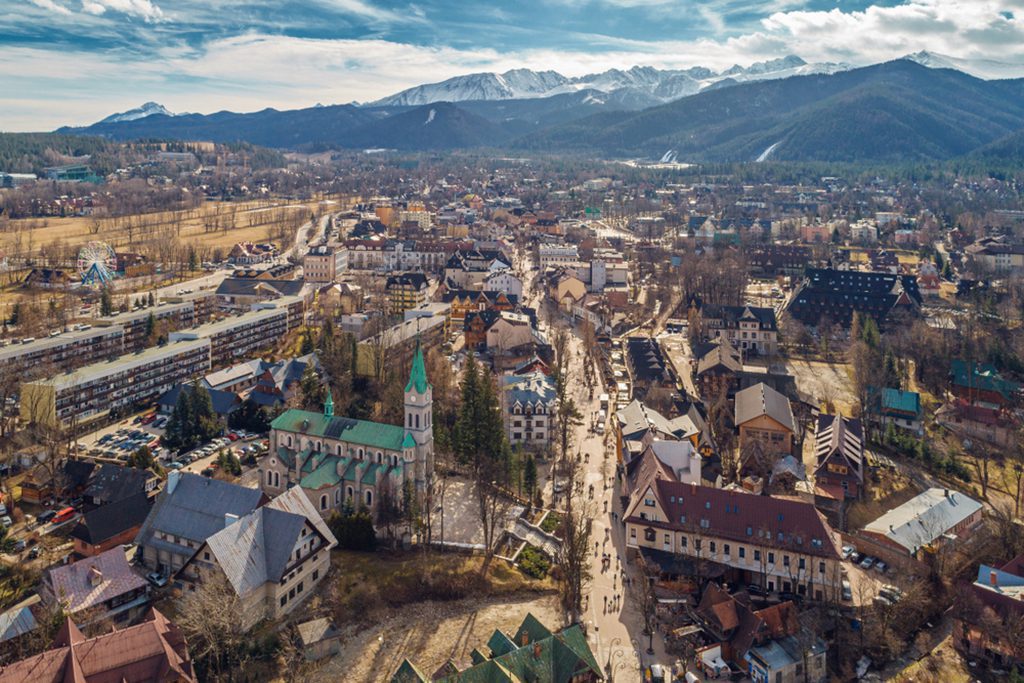
Zakopane, Poland, is a small, lovely resort town known as the “Winter Capital of Poland” due to its proximity to the stunningly beautiful snow-clad Tatra Mountains.
Even while Zakopane has a picnic atmosphere all year round, as soon as the first snow falls, hundreds of tourists flock to the town to explore its many hiking trails and see the action on Krupowki. Oscypek is a smoked cheese dish that is a must-try if you’re in the area.


